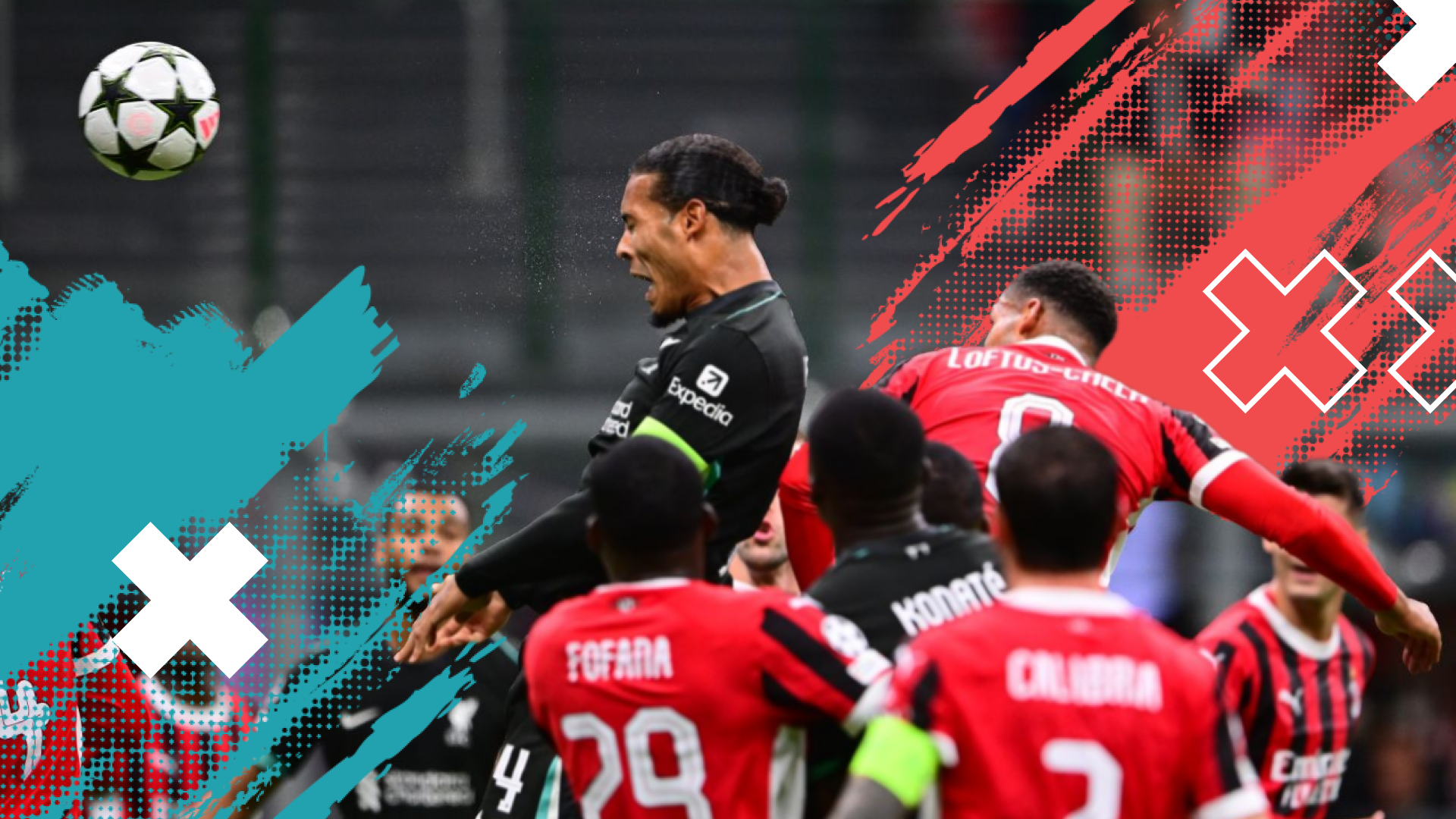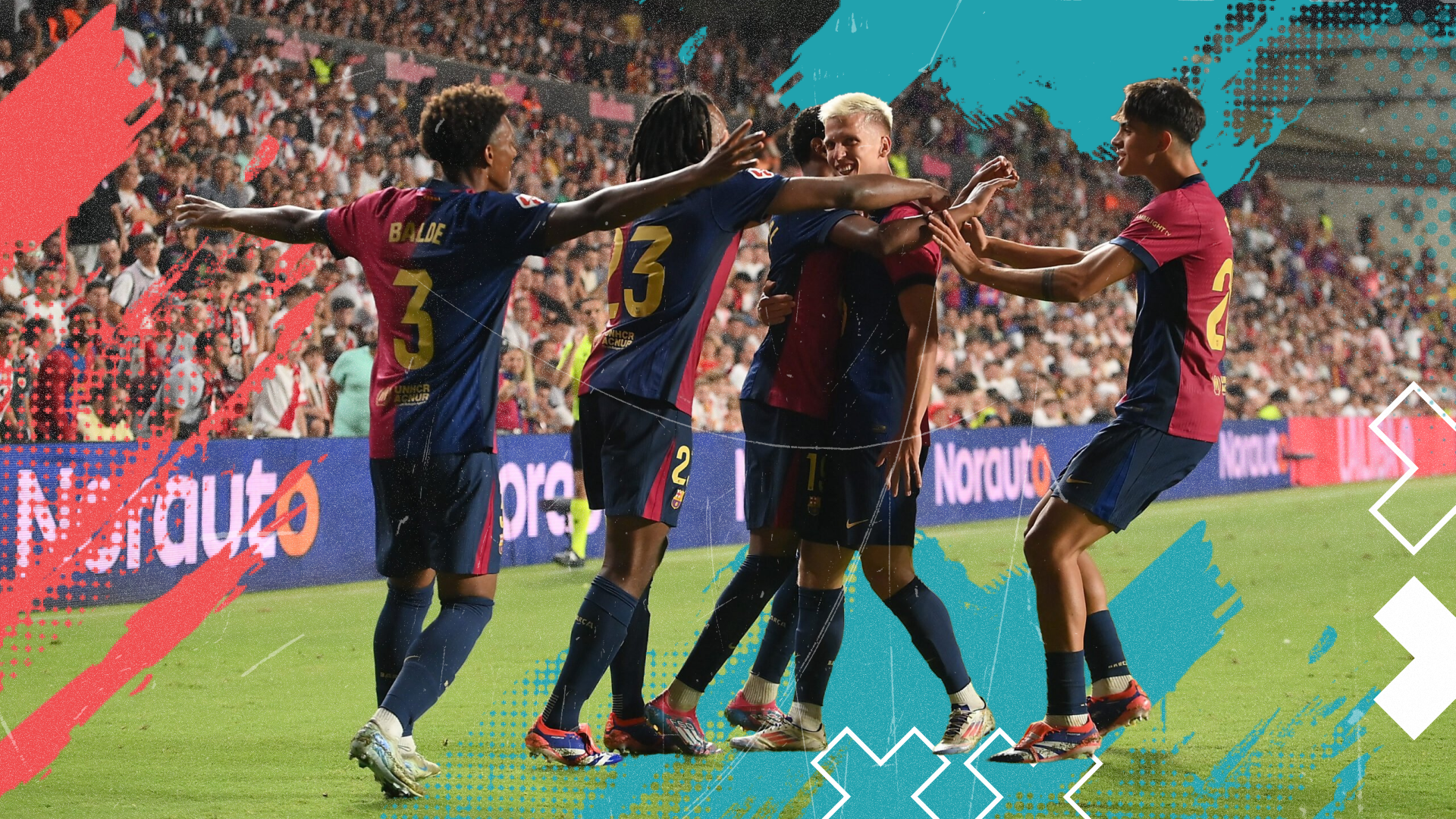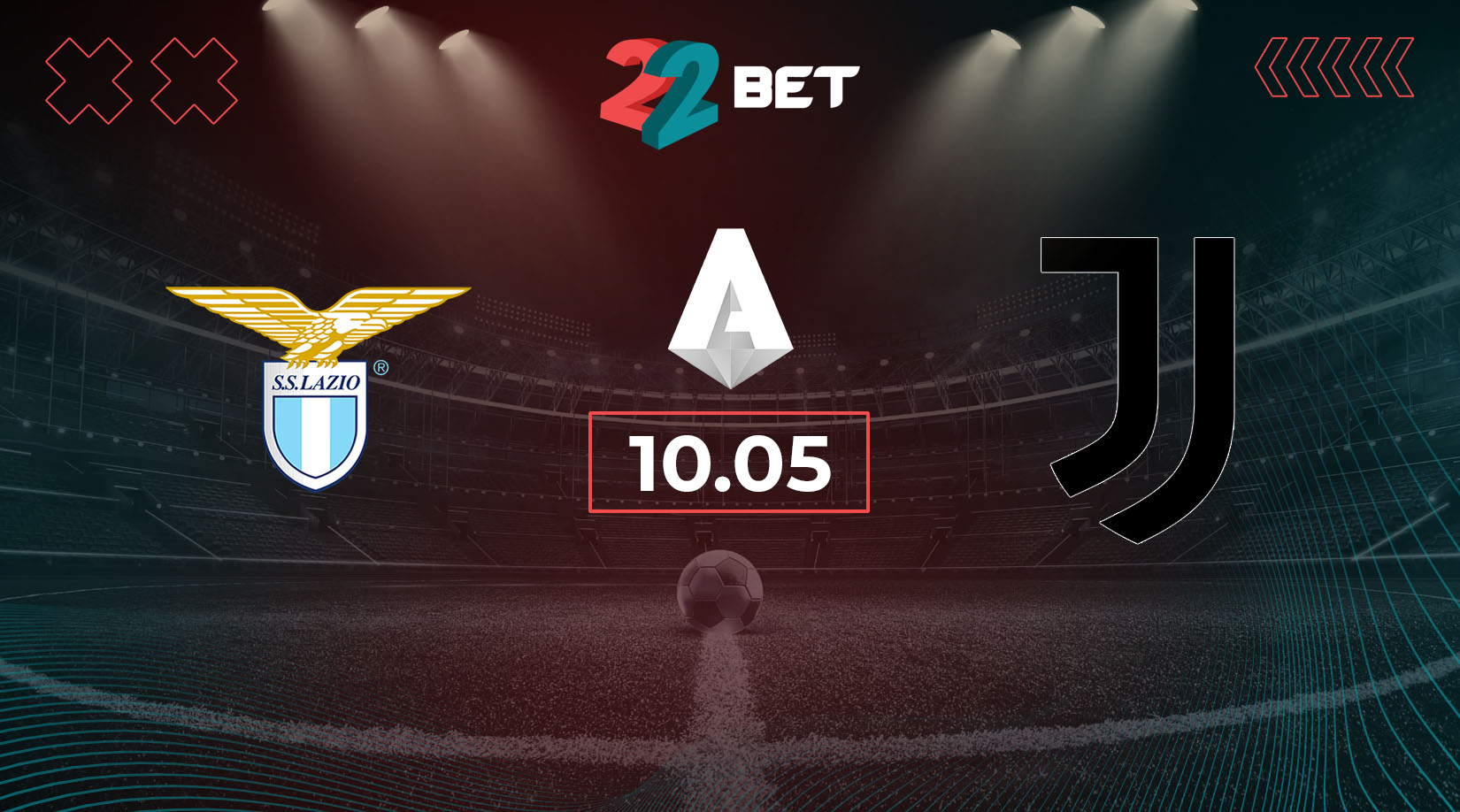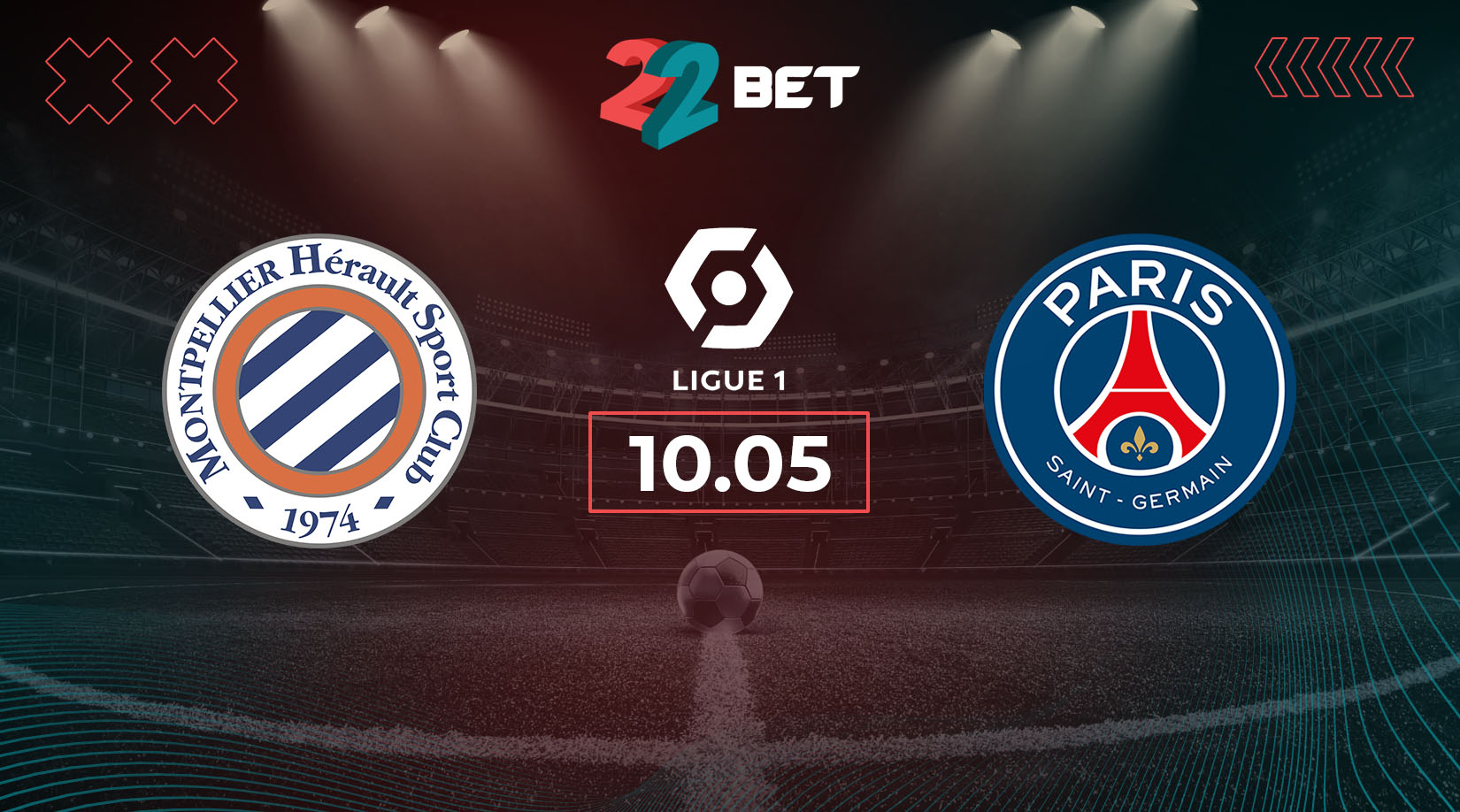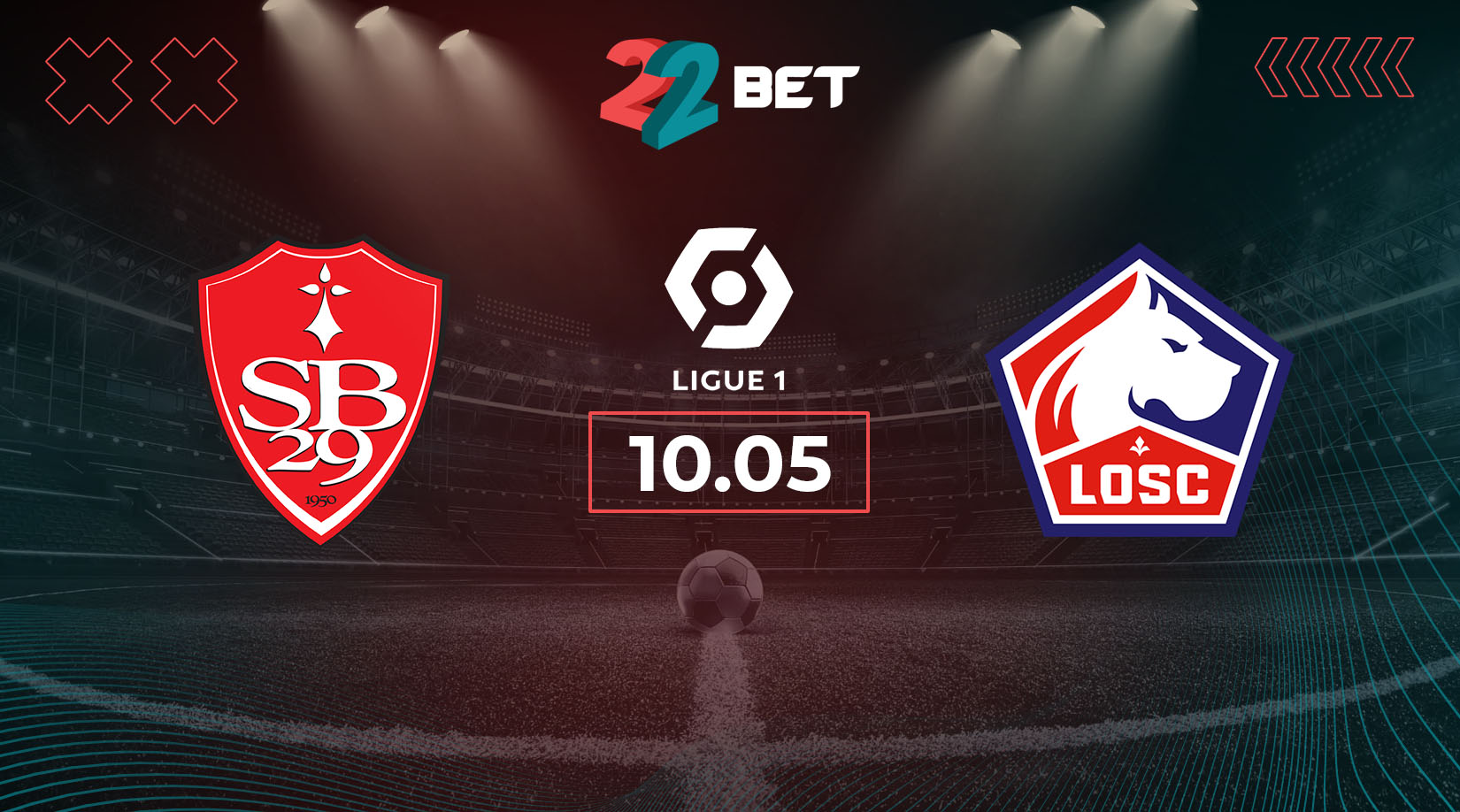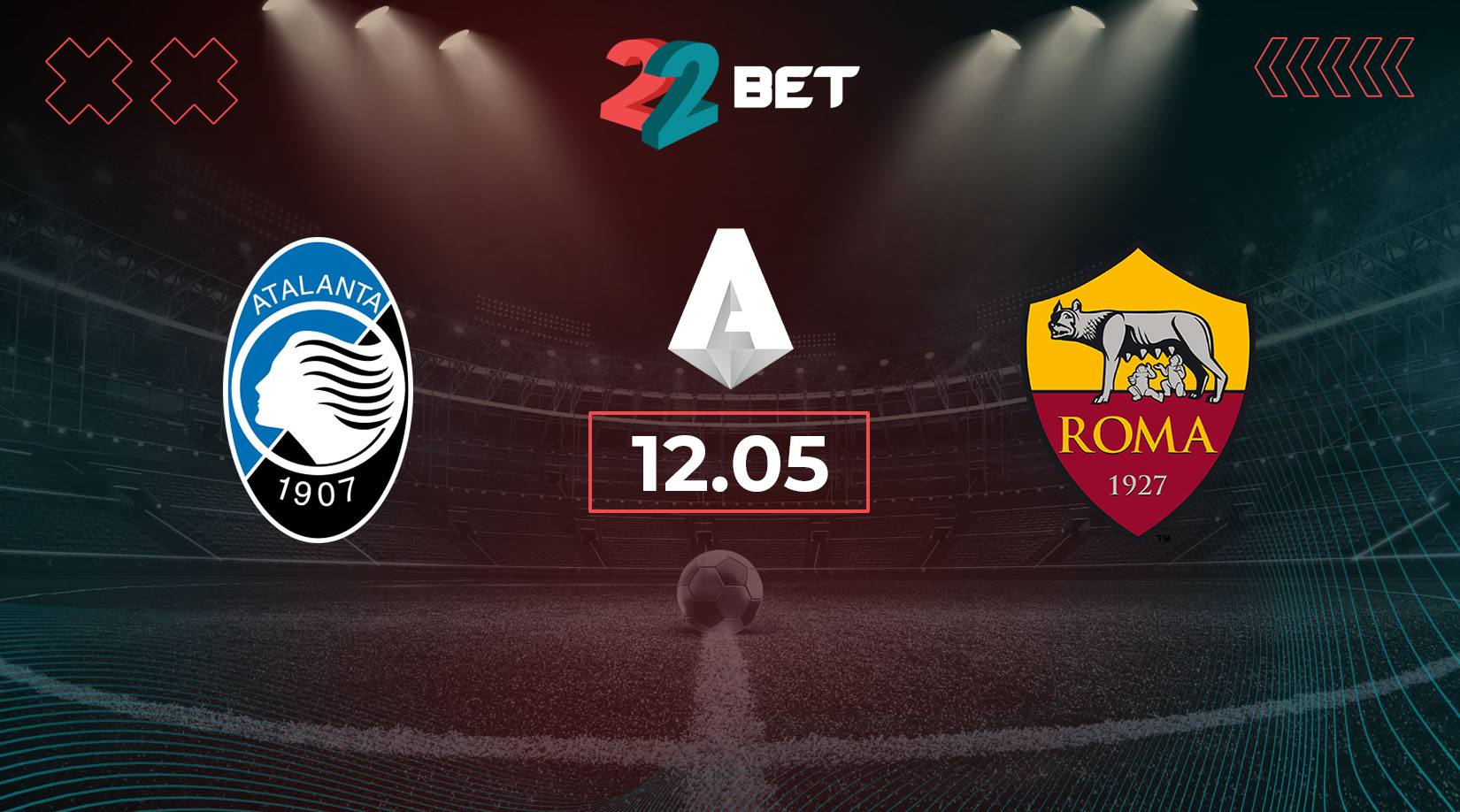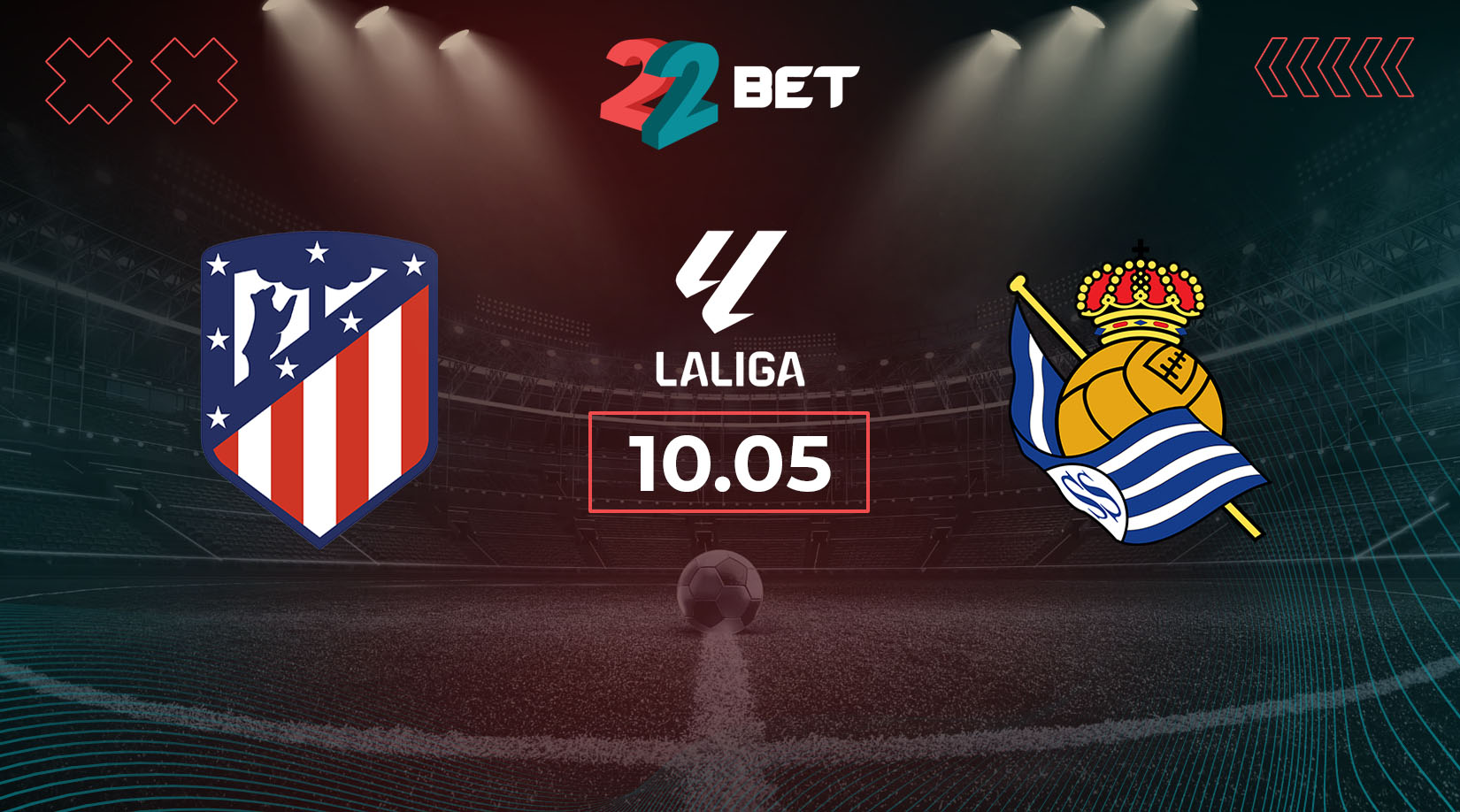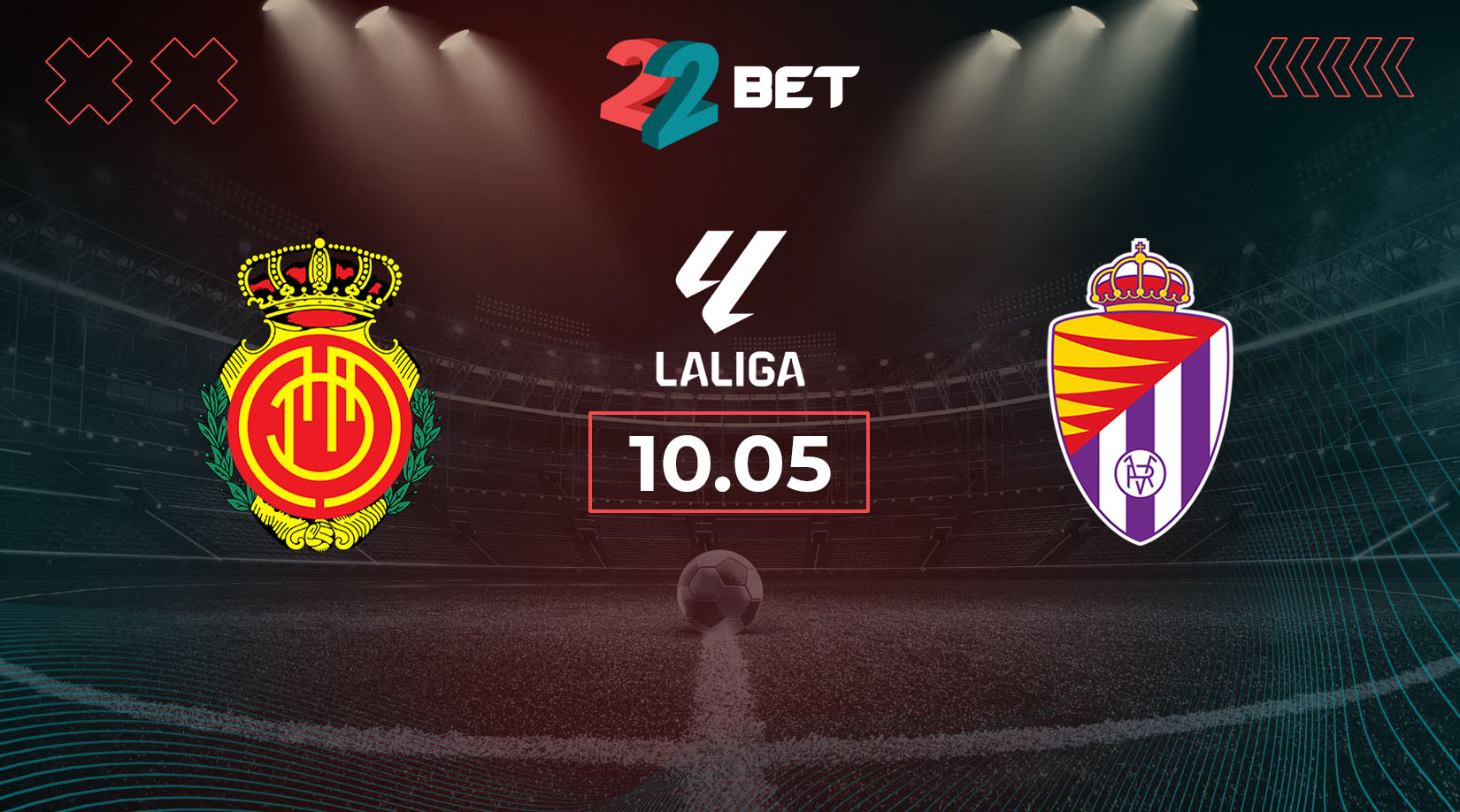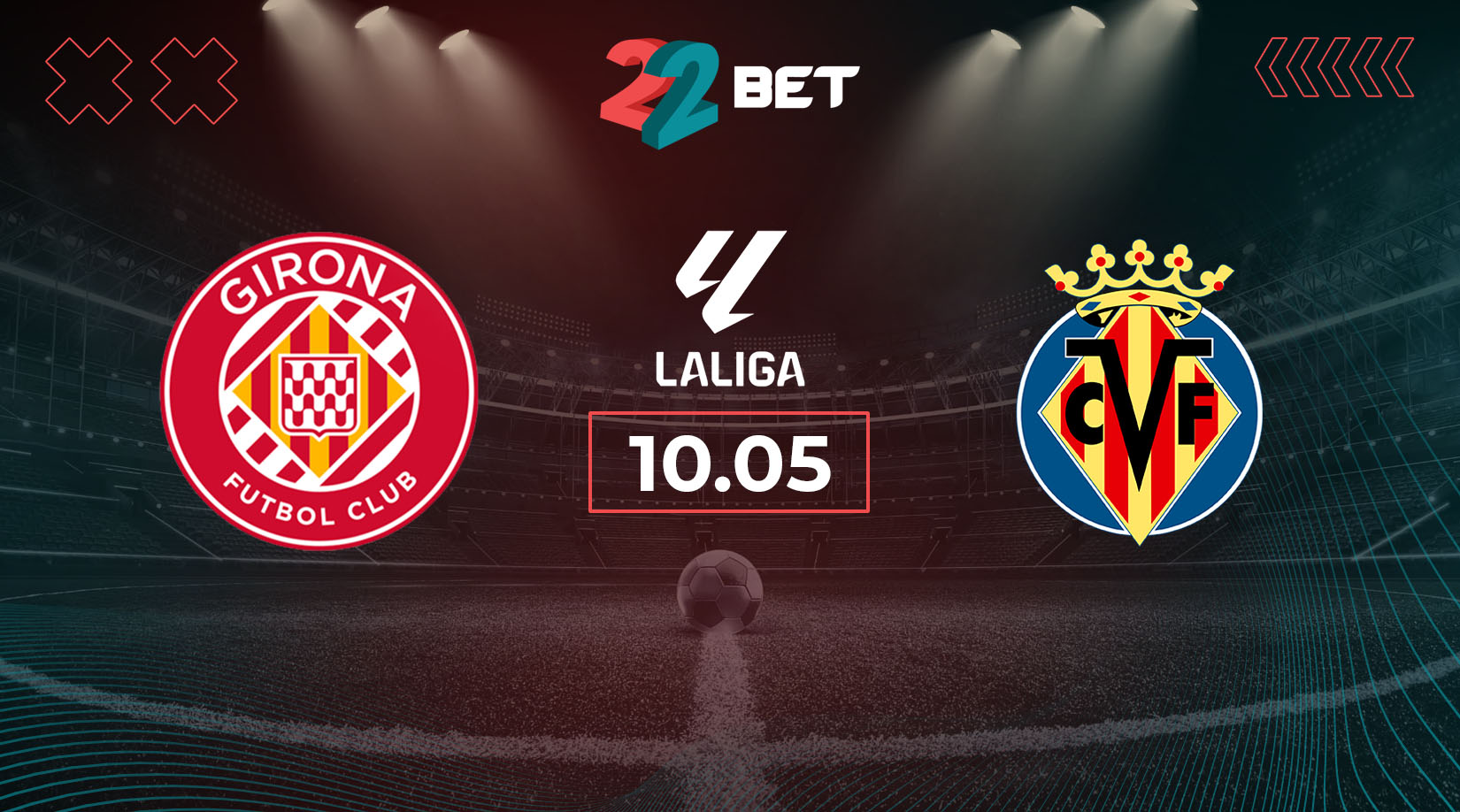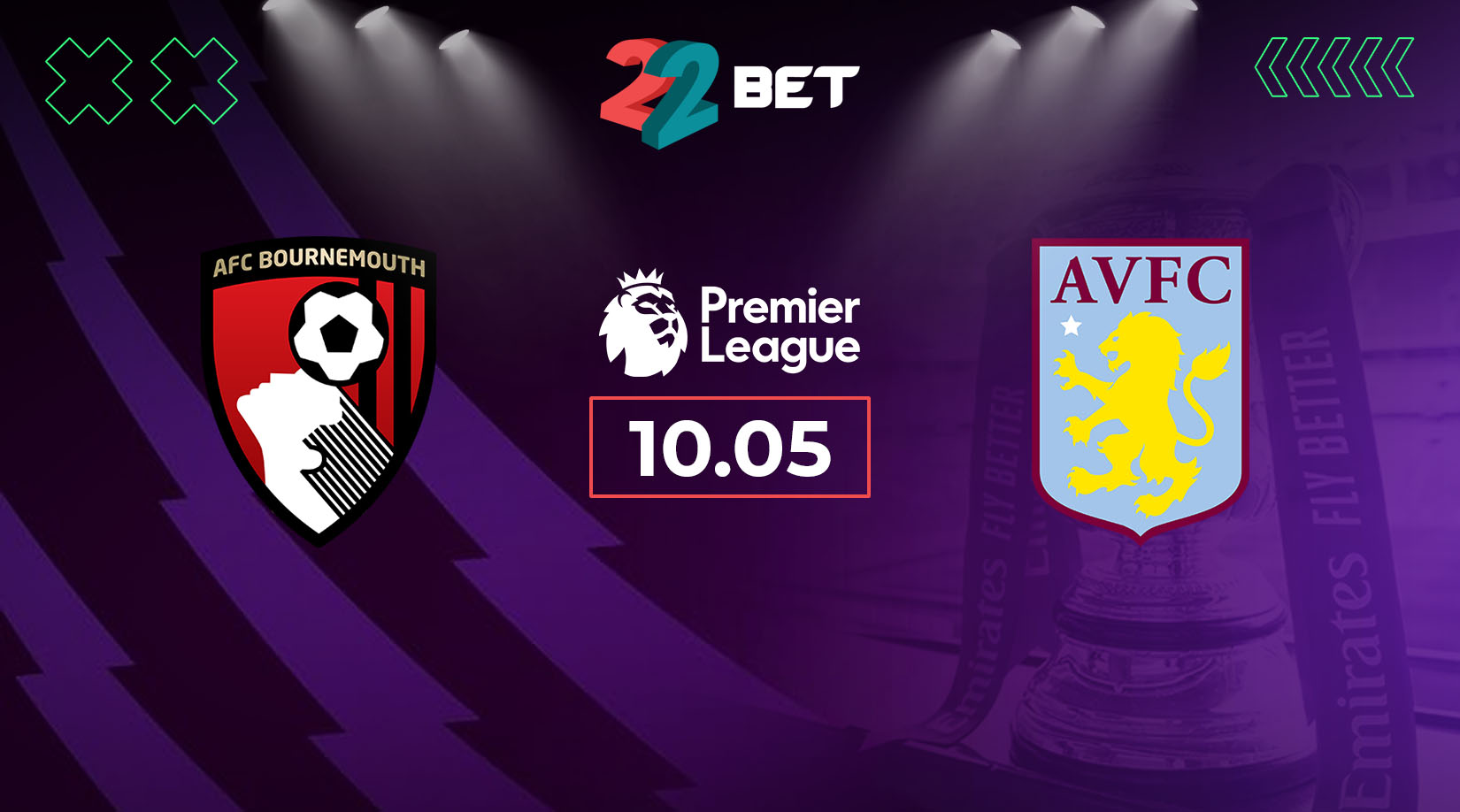After a shock loss at home against Nottingham Forest, Liverpool faced Milan in an away Champions League match and conceded a goal in the third minute – putting them at risk of losing two matches in a row.
However, from the 15th minute onwards, Arne Slot’s team made some adjustments and went on to secure a confident 3-1 victory. The Reds effectively countered Milan’s offensive plans, leaving them no chance for a positive result.
— Liverpool FC (@LFC) September 18, 2024
While Milan initially showed promising attacking ideas, they struggled to move the ball into the final third and were ineffective in their pressing. In this article, let’s analyze how specific tactical details impacted the match outcome.
Milan Exposes Liverpool’s Risky Formation At The Start Of The Match
Arne Slot continues to use the 4-2-4 formation defensively despite the high risk. In the early minutes of the game, Milan easily bypassed Liverpool’s front four, leaving only six Liverpool players in their own half. Unsurprisingly, this allowed the hosts to capitalize early and score quickly.
Good morning ✊ pic.twitter.com/FUknxhhCnp
— Liverpool FC (@LFC) September 18, 2024
The Rossoneri attempted to overload the area around Ryan Gravenberch and Alexis Mac Allister, with Tijjani Reijnders, Christian Pulisic, and Álvaro Morata drifting into these pockets. Meanwhile, Milan’s full-backs actively pushed up on the flanks behind Cody Gakpo and Mohamed Salah.
The Art of Adaptation: How Liverpool Neutralized Milan
Initially, it seemed that Milan might add to their early lead, but Liverpool gradually adjusted their structure and positioning. The central defenders started to play more aggressively and effectively supported their midfielders in the center of the field, effectively cutting off Milan’s attempts to dominate the middle third.
‘The whole team played well’ – every word from Arne Slot’s post-AC Milan press conference 💬
— Liverpool FC (@LFC) September 17, 2024
Liverpool demonstrated their ability to adapt pressing and positioning in the 4-2-4 formation and effectively cover the space in the middle third of the field. Milan attempted to build attacks through short passes, but it didn’t lead to success.
Only two tactics have been effective so far for teams facing Liverpool: long passes with attempts to win aerial duels in Liverpool’s half, and quick transitions from defense to attack through swift passes.
However, despite Liverpool’s occasional struggles in pressing and counter-pressing in these moments, Milan failed to capitalize on these opportunities.
Liverpool’s Winning Formula In Attack
Liverpool’s attacking prowess was on full display, with two goals coming from corner kicks and numerous chances created through fast counterattacks and well-executed positional play. As Milan tried to cover the center of the field in a 4-2-3-1 / 4-4-2 formation, it left spaces on the flanks that Liverpool effectively exploited.
Outstanding from the skipper 🫡 pic.twitter.com/trKI2ZwDMl
— Liverpool FC (@LFC) September 17, 2024
Unlike their previous match against Nottingham Forest, where Liverpool’s full-backs played narrowly, they operated with width and effectively formed attacking triangles with the midfielders and forwards against Milan.
The left side saw great coordination between Konstantinos Tsimikas, Alexis Mac Allister, and Cody Gakpo, while the right side witnessed effective collaboration at all stages of the attack between Trent Alexander-Arnold, Mohamed Salah, and Dominik Szoboszlai.
Thank you for your support, as always ❤️ pic.twitter.com/BOJqDN6Hg6
— Liverpool FC (@LFC) September 17, 2024
Gakpo and Salah, in particular, stood out as they frequently outplayed their opponents, made key passes, and took dangerous shots on goal. Both players could have scored a goal against the opposition.
And, of course, it is worth noting Ryan Gravenberch, who showed great pressing resistance and successfully executed penetrating passes into the opponent’s half. In addition, Gravenberch read the opponents’ passing lines nicely, disrupting many of Milan’s promising attacks.
Konaté and Gravenberch: Can They Keep the Pace?
As we have noted before, Arne Slot used a risky 4-2-4 pressing scheme that demanded maximum concentration and high-quality interactions from the Liverpool players.
Ryan Gravenberch, Alexis Mac Allister, Ibrahima Konaté, and Virgil van Dijk played at the highest level, almost completely neutralizing Álvaro Morata, Rafael Leão, and Christian Pulišić. It was this quartet of Liverpool players that ensured total control over the opponent and minimized the threat to their own goal starting, particularly after the initial 10 minutes.
A win on Arne’s birthday 🎁 pic.twitter.com/3fPZZkkjlv
— Liverpool FC (@LFC) September 17, 2024
Considering how often Konaté and Gravenberch were injured last season, it’s difficult to predict how long they will be able to play in the starting lineup throughout the long, gruelling campaign.
Liverpool’s tight schedule means that Slot will eventually need to rotate his squad and rest key players like Konaté and Gravenberch. The challenge will be finding suitable replacements, as the depth in the central defense and midfield roles hasn’t been fully tested this season.
Team performance 👊 pic.twitter.com/obzybFOIah
— Liverpool FC (@LFC) September 17, 2024
If Slot fails to do so, Liverpool may experience a serious decline towards the end of the season. Keeping an eye on how the Liverpool manager navigates this tricky balancing act in the upcoming matches will be key to determining the Reds’ longevity in multiple competitions.
Conclusions
Milan came into the match with an interesting game plan that quickly led to a goal. Paulo Fonseca managed to identify vulnerabilities in the Reds’ pressing and attempted to maximize the use of full-backs to advance into the opponents’ half while also aiming to overload the central areas of the pitch.
Team performance 👊 pic.twitter.com/obzybFOIah
— Liverpool FC (@LFC) September 17, 2024
However, Liverpool’s players were able to adjust their pressing positionally and quickly regained control of the game. Slot’s team successfully conducted positional attacks through the flanks and organized effective counter-attacks.
Although Liverpool were greatly aided by two goals from corner kicks, overall they created multiple opportunities and fully deserved the victory.


